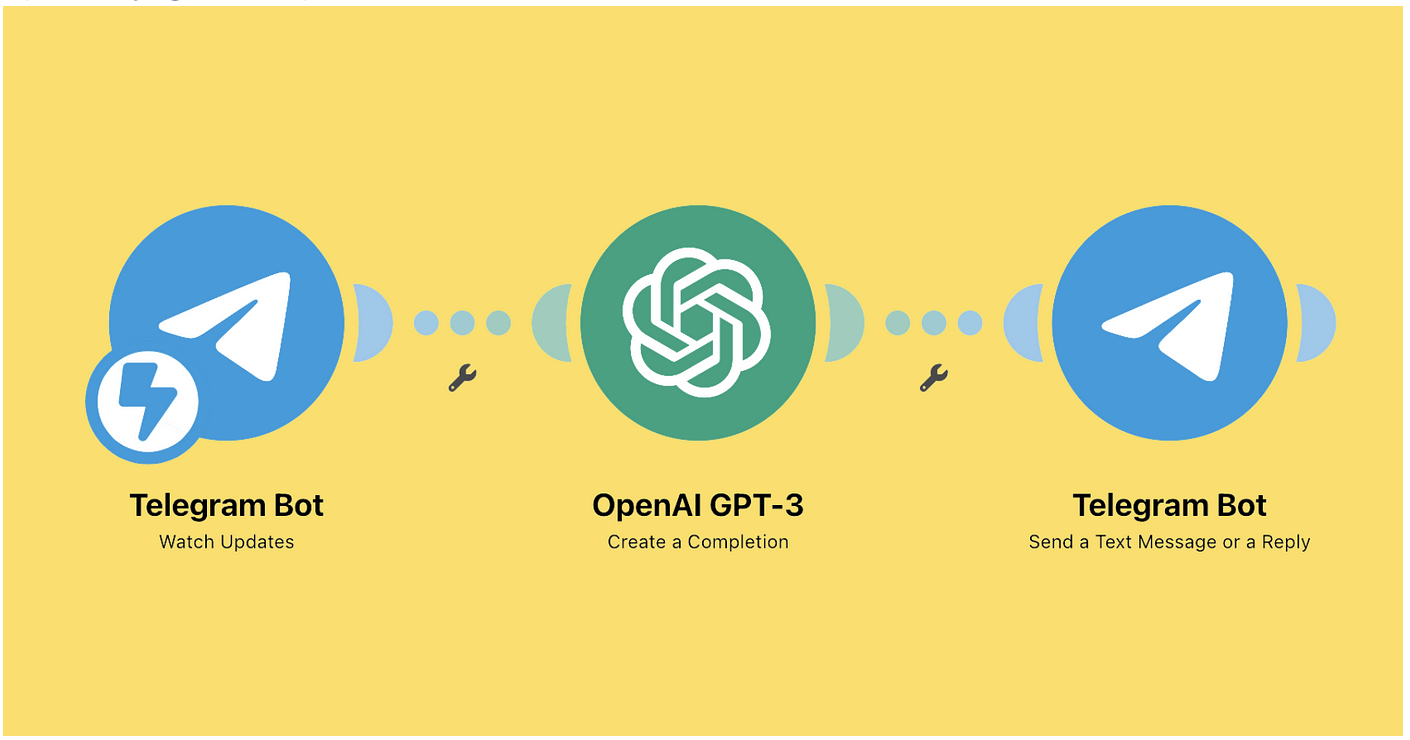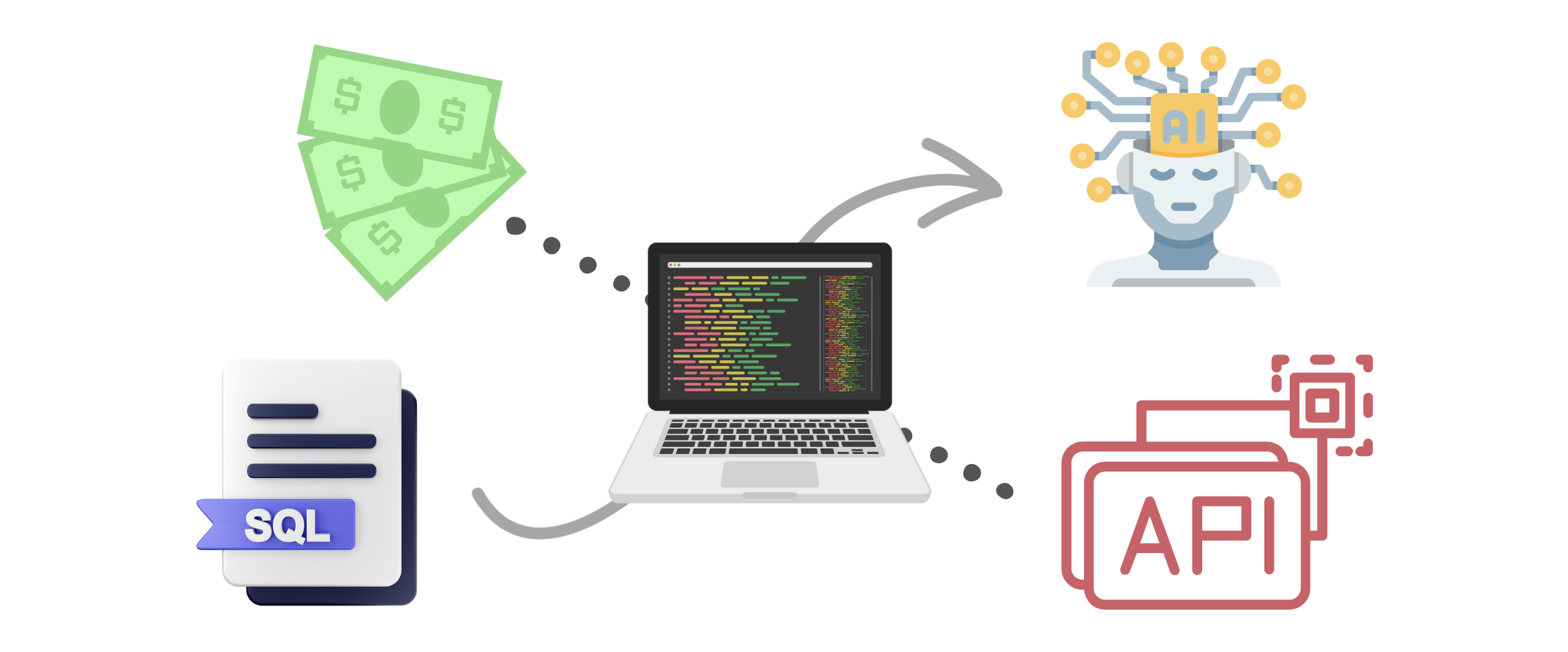Hi Community
In this article, I will introduce my application irisChatGPT which is built on LangChain Framework.
First of all, let us have a brief overview of the framework.
The entire world is talking about ChatGPT and how Large Language Models(LLMs) have become so powerful and has been performing beyond expectations, giving human-like conversations. This is just the beginning of how this can be applied to every enterprise and every domain!

.png)

.png)
.png)
.png)
.png)
.png)



.png)
.png)